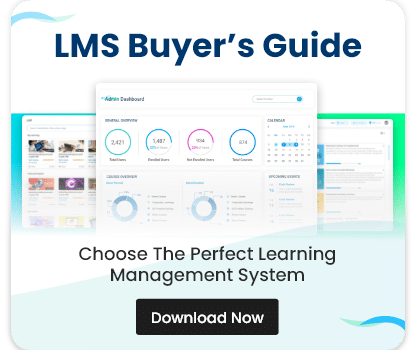Conclusion: Paradiso LMS – The Best Choice for Your Organization
Deciding between an On-Premise LMS and a Cloud LMS is a strategic decision that depends on your organization’s specific needs, budget, and growth trajectory. An LMS for On-Premise provides unparalleled control, customization, and security—ideal for organizations with robust IT infrastructures and stringent compliance requirements. Conversely, Cloud LMS solutions offer rapid deployment, ease of scalability, and lower upfront costs, making them well-suited for businesses seeking flexibility and minimal IT overhead.
Paradiso LMS stands out as the best choice in this evolving landscape. By combining the strengths of both on-premises and cloud solutions, Paradiso LMS offers a hybrid approach that ensures maximum flexibility, robust security, and seamless scalability. With Paradiso LMS, you benefit from cutting-edge features, intuitive integration capabilities, and comprehensive support, all designed to empower your workforce and drive effective learning outcomes.
When making your decision, consider the following:
- Control vs. Convenience: Do you have the internal resources to manage an on-premises solution, or would a cloud-based service better suit your operational capacity?
- Initial vs. Ongoing Costs: Are you prepared for a higher upfront investment, or would a subscription model ease budget constraints?
- Customization vs. Standardization: Does your organization require highly customized features, or do you value rapid deployment and continuous updates?
- Security and Compliance: How critical is it to have direct control over data security and compliance protocols?
With Paradiso LMS, you get the best of both worlds—a solution that is flexible, secure, and designed for the future. Embrace a platform that not only meets today’s challenges but also adapts to tomorrow’s innovations. Choose Paradiso LMS and position your organization at the forefront of learning and development, ensuring success in today’s dynamic digital era.


















